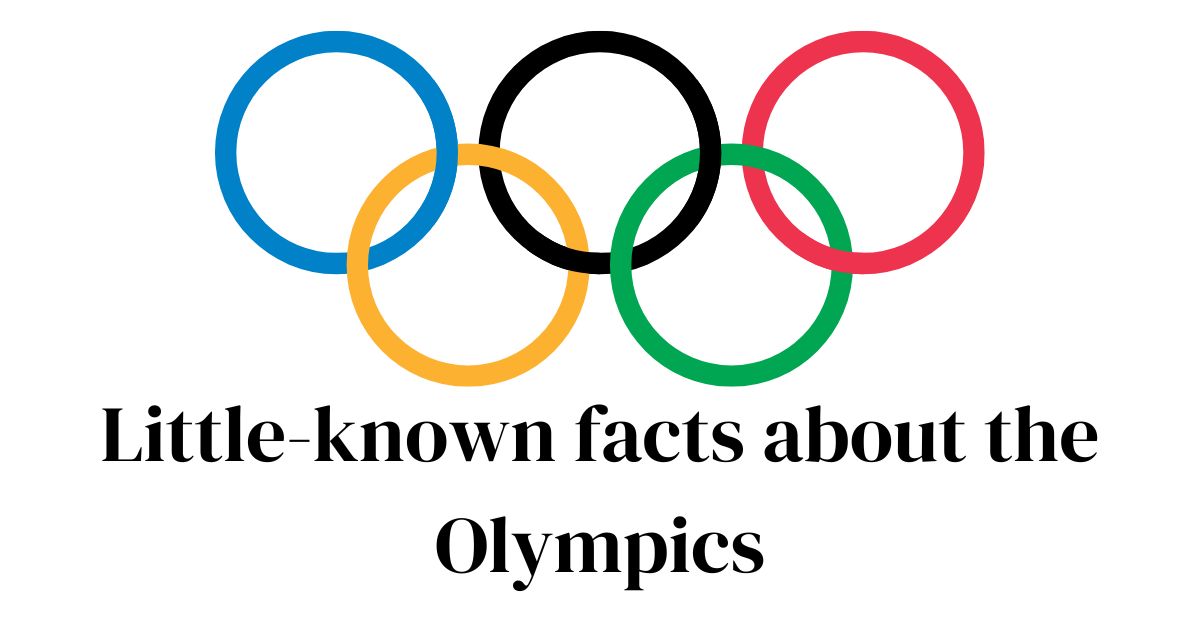The Olympics, a display of global sportsmanship and competition, with a history spanning to ancient Greece. The history of Olympics has been full of grandeur displays of elite athleticism and sportsmanship being one of the most popular athletic events on the planet. However, there is much about the Olympics most of us don’t know.
Let us take a loot at 9 facts about the Olympics that you didn’t know
Olympic Medals’ Composition
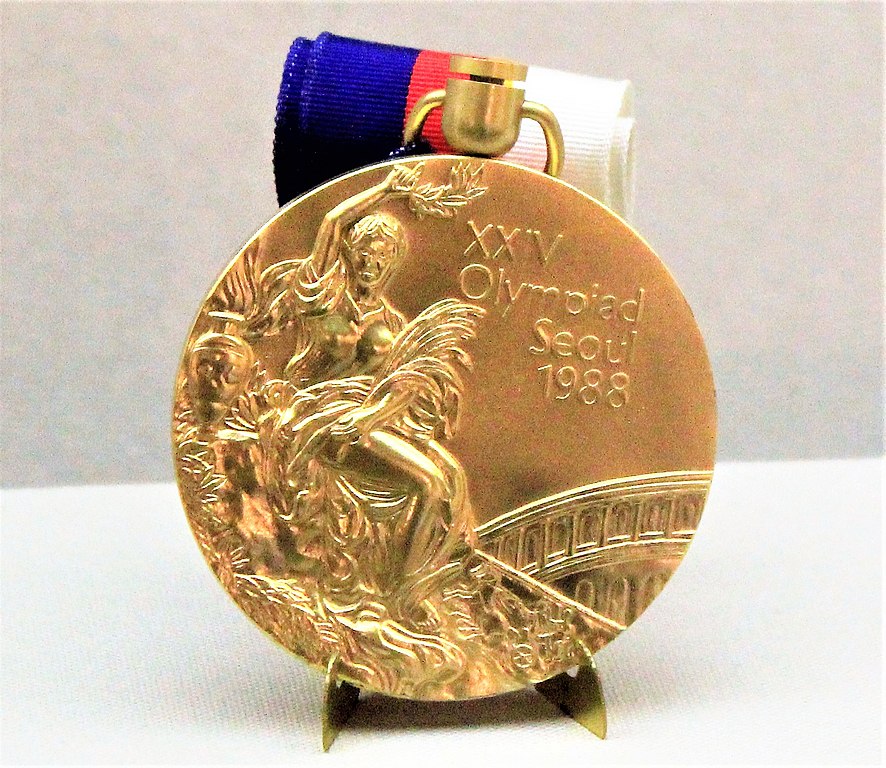
While Olympic gold medals are prized possessions, few realize that they are not entirely made of gold. Since 1912, gold medals have been composed mostly of silver, with only a thin layer of gold plating. The actual gold content is minimal, making them more valuable for their symbolic significance than their material worth.
Equestrian Gold for Human and Horse
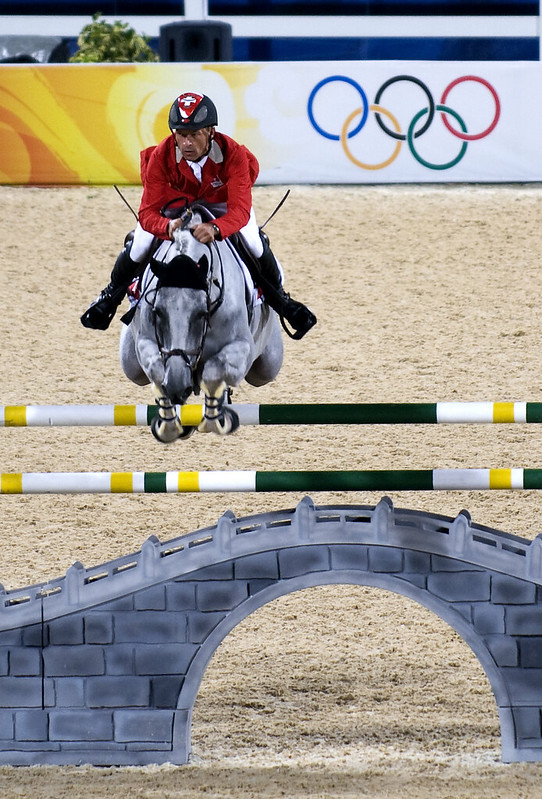
In the early days of the Olympics, equestrian events allowed for medals to be awarded to both the rider and the horse. This unique practice recognized the integral role of horses in the competition. While this tradition has since evolved, it remains a fascinating fact in Olympic history.
Tug-of-War as an Olympic Sport
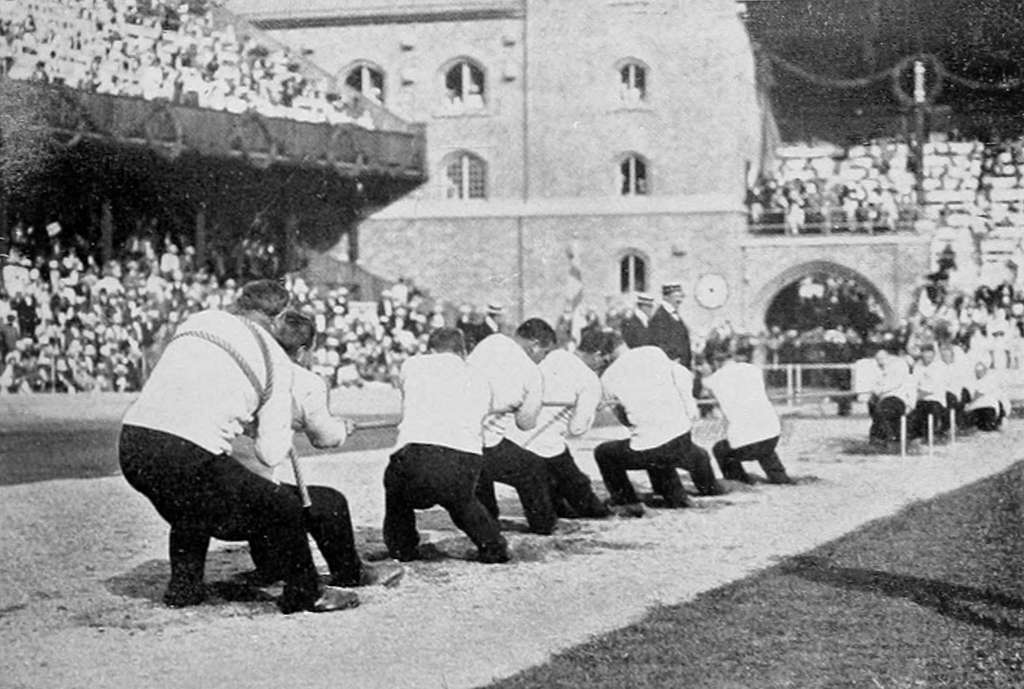
It might seem hard to believe but, tug-of-war was once a recognized Olympic sport. It made its debut at the 1900 Paris Olympics and featured teams from various nations vying for victory by pulling their opponents across a designated line. The sport was discontinued after the 1920 Games but remains a quirky reminder of the diverse nature of early Olympic events.
Artistic Medals
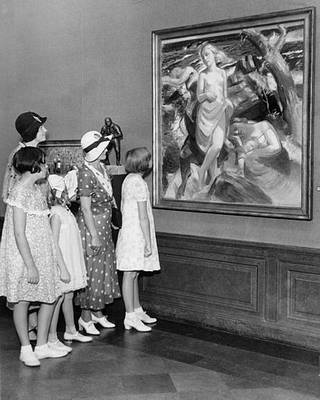
In addition to traditional athletic competitions, the early Olympics also included contests in the arts. Medals were awarded for achievements in architecture, literature, music, painting, and sculpture, recognizing the artistic talents of participants alongside their athletic prowess. These artistic competitions were held from 1912 to 1948 before being phased out.
Olympic Participation by Disabled Athletes
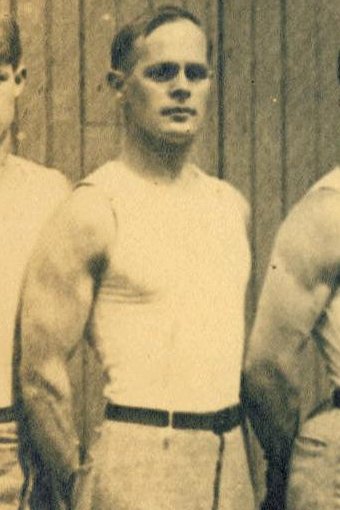
Long before the Paralympic Games were established, the Olympics welcomed athletes with disabilities to compete alongside their able-bodied counterparts. Notably, gymnast George Eyser, who had a wooden leg, won six medals, including three gold, at the 1904 St. Louis Olympics, showcasing the inclusive spirit of the early Games.
The Olympic Oath
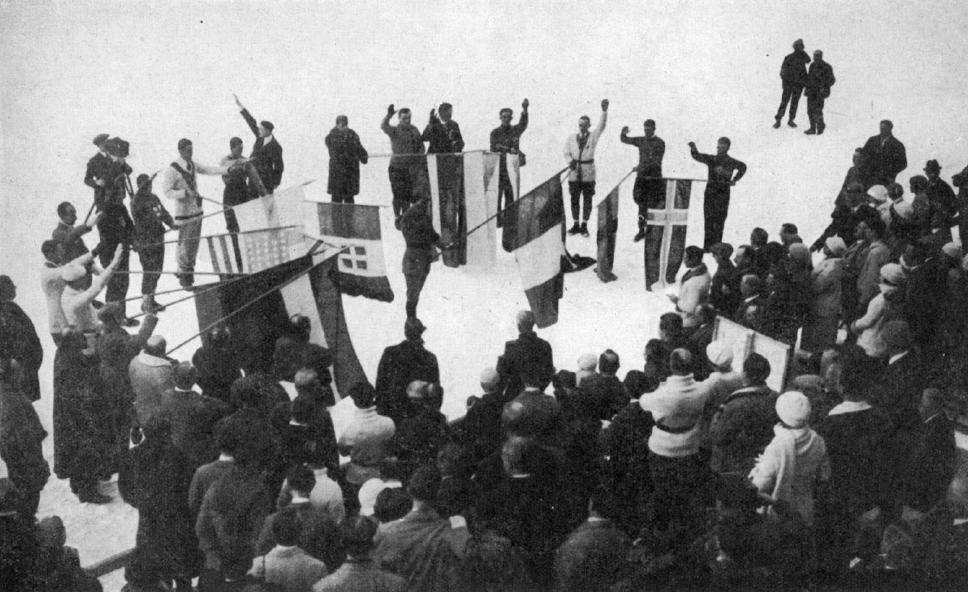
At the opening ceremony of each Olympics, an athlete from the host country recites the Olympic Oath on behalf of all competitors, pledging to uphold the spirit of sportsmanship and fair play. Lesser-known, however, is the fact that since 2012, one male and one female athlete also take a separate oath on behalf of the judges and officials, emphasizing integrity in officiating.
Dual Summer and Winter Olympian
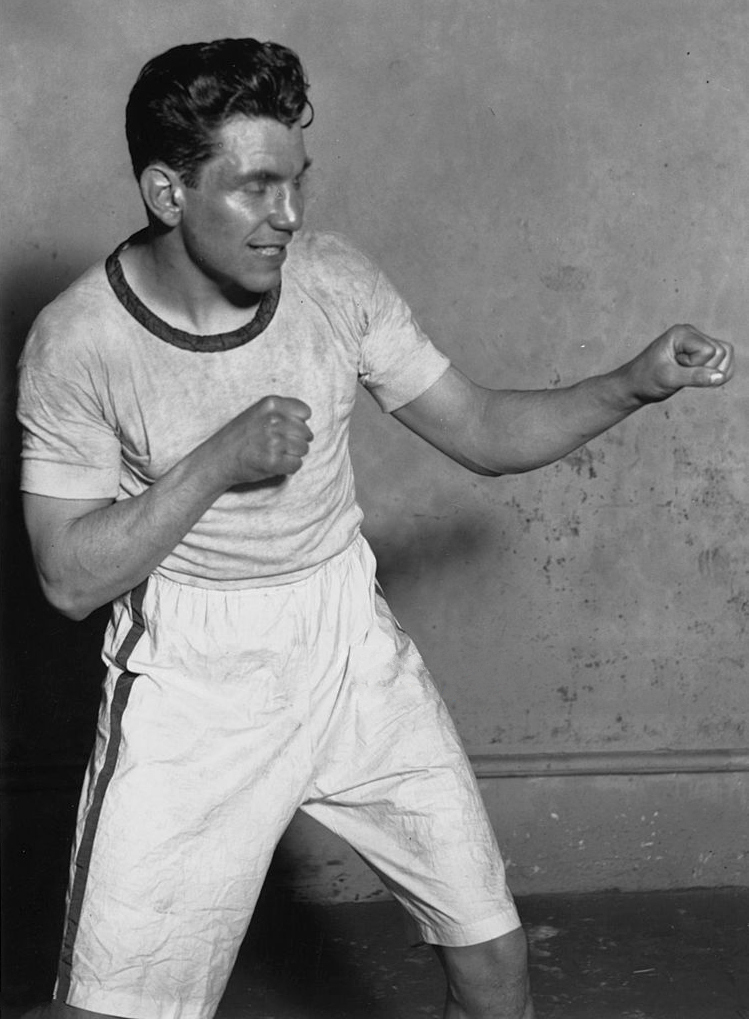
Eddie Eagan, an American athlete, achieved a remarkable feat by winning gold medals in two different sports, in both the Summer and Winter Olympics. He won gold in boxing at the 1920 Antwerp Olympics and then secured another gold in bobsleigh at the 1932 Lake Placid Winter Olympics, making him the only athlete to achieve this unique double.
Olympic Refugee Team
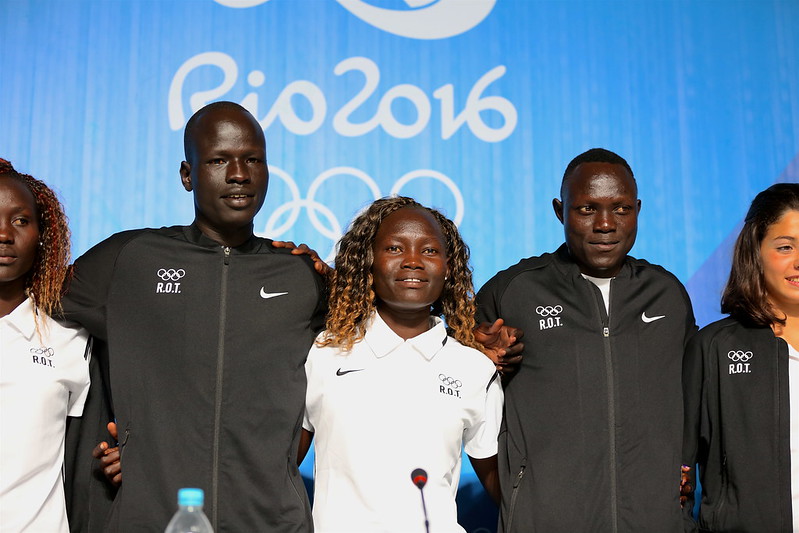
In a testament to the Olympic spirit transcending borders, the IOC introduced the Olympic Refugee Team in 2016 to provide a platform for displaced athletes to compete on the world stage. Comprising athletes who have fled conflict or persecution, the team embodies the ideals of solidarity and inclusion espoused by the Olympic movement.
International Olympic Committee’s Honorary Awards
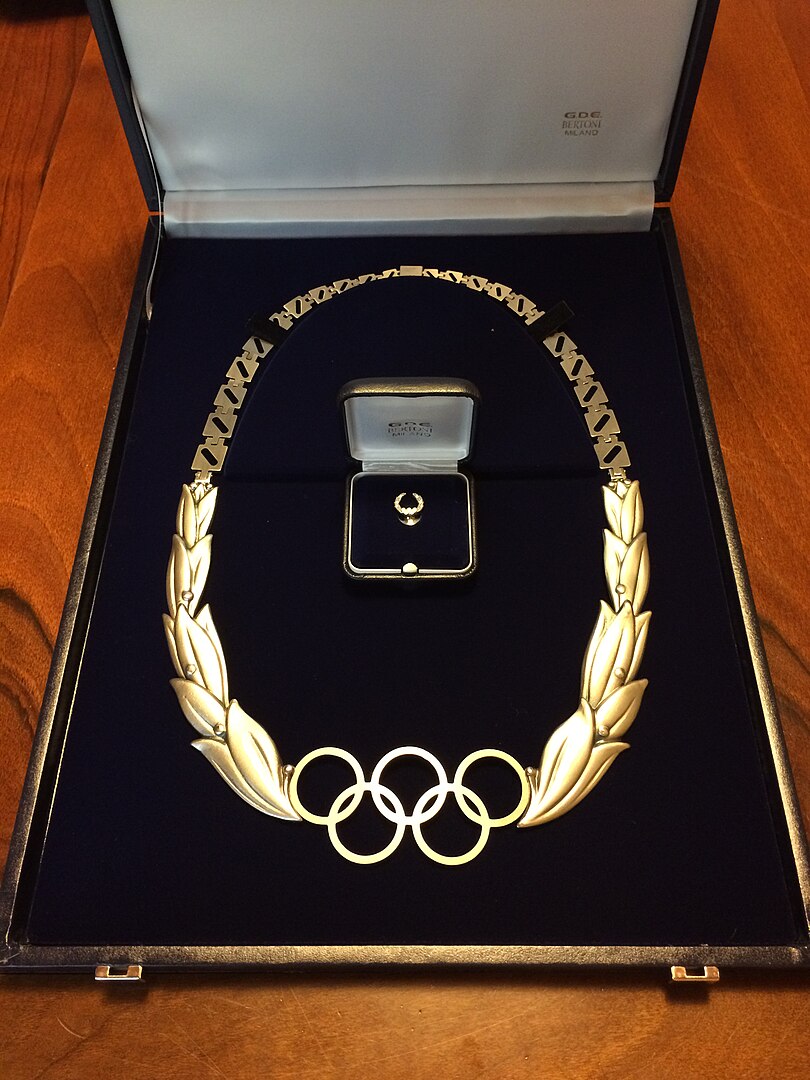
The IOC bestows honorary awards, including the Olympic Order and the Olympic Cup, to individuals and organizations that have made significant contributions to the Olympic movement. These accolades recognize not only athletic achievements but also efforts to promote peace, understanding, and the Olympic values worldwide.
These lesser-known facts offer a glimpse into the diverse and dynamic history of the Olympics, showcasing the breadth of its impact beyond the arena of sports. As we prepare for Paris, 2024, let’s remember these intriguing facts and celebrate the enduring legacy of the Olympic movement.

